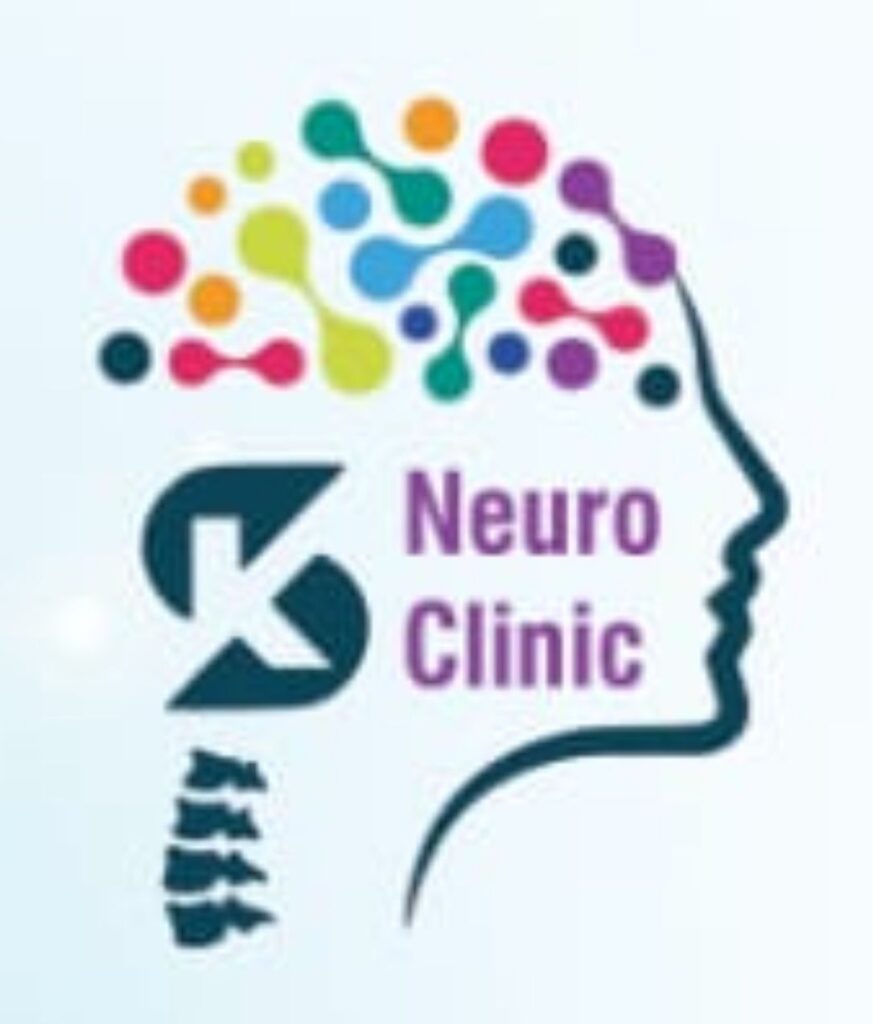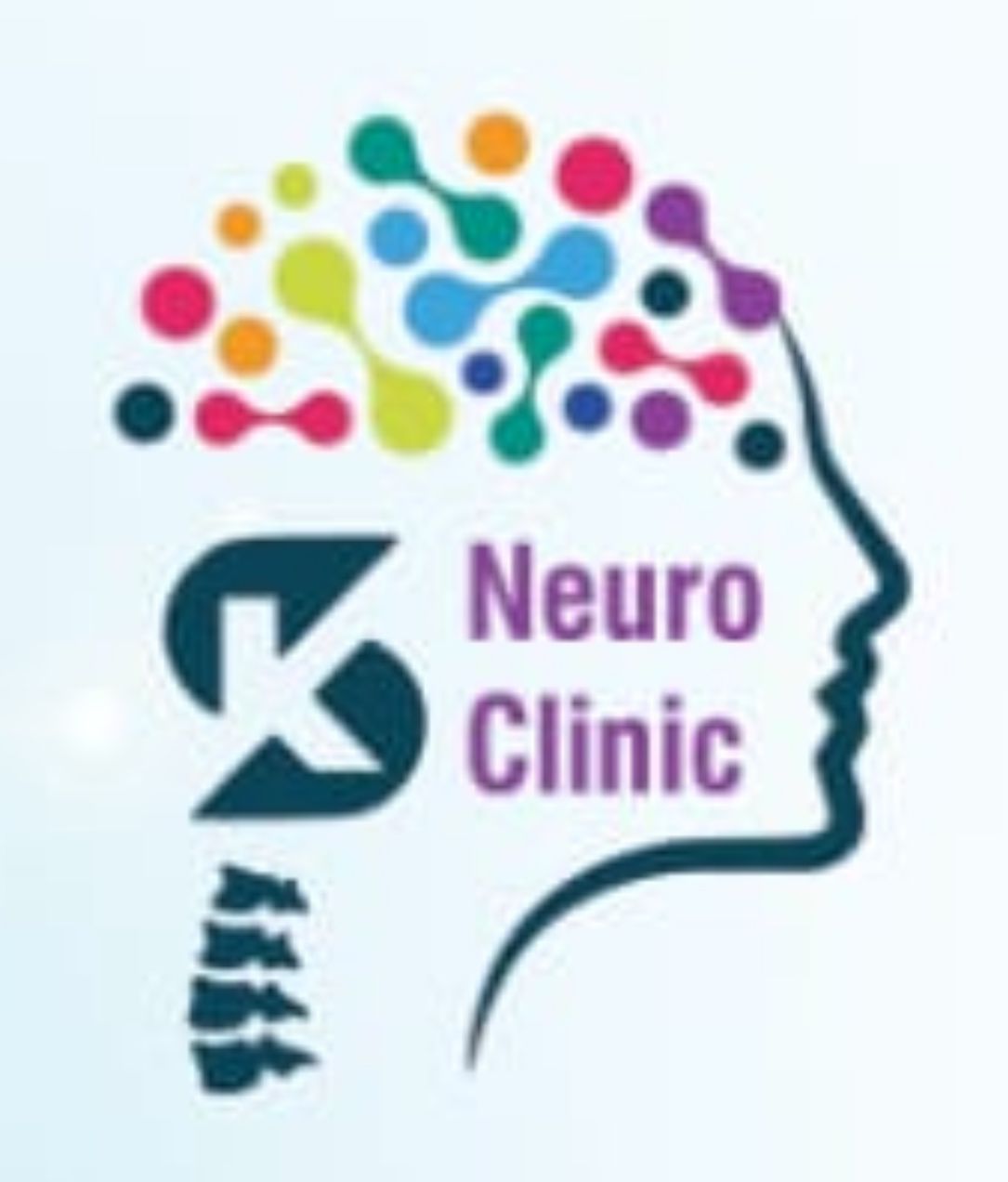Restless Legs at Night can be a frustrating experience that many people encounter. Understanding what causes these restless movements and finding effective solutions can improve sleep quality significantly. Here, we dive into the basics of this condition to help you identify symptoms, tackle shaking legs during sleep, and regain peaceful nights.
Introduction to Restless Legs Syndrome
Many people suffer from restless legs syndrome (RLS), impacting their sleep and overall well-being. When legs sleep or experience sudden, involuntary movements at night, it can disturb your rest. This common issue is more widespread than you might think. It affects a significant proportion of the population, which needlessly compromises their ability to feel well-rested and healthy.
Defining Restless Legs Syndrome
Restless legs syndrome is recognized as a neurological disorder. Those who suffer from jumpy legs at night might find it hard to describe their discomfort, yet it can dramatically impact daily life. The symptoms often include a strong urge to move the legs, which tends to occur during periods of rest or inactivity. As such, these issues can interfere with your normal routine and quality of sleep.
Recognizing Symptoms of RLS
Key symptoms of RLS include strange sensations like crawling or tingling in the legs. The most telling sign is an irresistible urge to move your legs, especially at rest, which frequently leads to shaking legs in sleep. Not surprisingly, this constant moving can severely disrupt your sleep. Over time, sleep disruption can lead to fatigue, irritability, and other health problems.
Uncovering Causes and Risk Factors
Restless legs at night can result from primary or secondary causes. Primary RLS often runs in families, hinting at a genetic link. Meanwhile, secondary RLS is associated with certain health conditions, like iron deficiency or diabetes. The role of dopamine, a brain chemical involved in movement control, seems crucial. Dopamine disruptions can trigger the restlessness felt in the legs at night. Other triggers include lifestyle choices, such as excessive caffeine or alcohol consumption, and poor dietary habits.
Impacts of Diet and Nutrition on RLS
Honoring the body’s nutritional needs can ease RLS symptoms. Poor diet choices can exacerbate shaking legs during sleep. To alleviate symptoms, consider increasing iron-rich foods like spinach and red meat. Limiting alcohol and caffeine can also help, as they may worsen the sensations you feel in your legs.
Practical Solutions for Managing RLS
Managing restless legs syndrome effectively often involves adjusting your lifestyle. Regular exercise, maintaining good sleep habits, and relaxation techniques can greatly help. Practicing yoga or meditation might reduce stress levels and aid in managing shaking legs in sleep. If symptoms persist, consulting a healthcare professional is crucial. They can suggest treatments or, in some cases, medication.
Traditional and Alternative Treatment Approaches in India
In India, treatment options for restless legs at night range from conventional medical therapies to home remedies like ayurvedic oils. Alternative practices, such as Ayurveda and yoga, offer holistic approaches to reducing jumpy legs at night. These methods emphasize natural healing and balance within the body, helping manage the symptoms effectively.
Personal Stories: Living with RLS
Many individuals living with RLS share valuable insights into coping with this condition. For some, simple lifestyle changes made a significant difference in managing symptoms. Others find support groups helpful to connect with people facing similar challenges. Such communities offer a sense of belonging and understanding, which can be incredibly empowering.
Understanding the Stress Connection
Stress and RLS often go hand-in-hand. How you handle stress can considerably impact the severity of shaking legs during sleep. Effective stress-reduction techniques, like deep breathing and mindfulness, can ease uncomfortable feelings in your legs. Additionally, focusing on mental health through counseling can provide essential support.
Support for RLS Affected Individuals
For individuals suffering from restless legs during sleep, having a supportive environment is key. Caregivers can assist by helping maintain a calm and organized living space. They should encourage beneficial habits, like exercising or eating well, to reduce the severity of symptoms.
Bust Common Myths about RLS
There are several myths surrounding restless legs syndrome. Some believe it’s just a minor irritation. Truth is, it can significantly affect one’s quality of life. Understanding that it’s a genuine, non-dangerous neurological condition sheds light on how to manage or live with it comfortably.
Essential Sleep Hygiene Tips for RLS
Improving sleep hygiene is critical for those battling restless legs at night. Implementing practical tips can aid in finding relief and promoting restful nights. Ensure a consistent sleep schedule, create a relaxing bedtime environment, and practice calming activities before bed. These strategies can collectively help manage symptoms effectively.
Conclusion
If you’re troubled by ongoing symptoms, consult healthcare professionals to explore further options. Although restless legs syndrome can be unsettling, effective management can dramatically enhance your quality of life.
At Neuro and Spine Clinic, we provide expert care and tailored treatment plans to help you regain serene, restful nights. Reach out to us today for personalized solutions and improved well-being!



